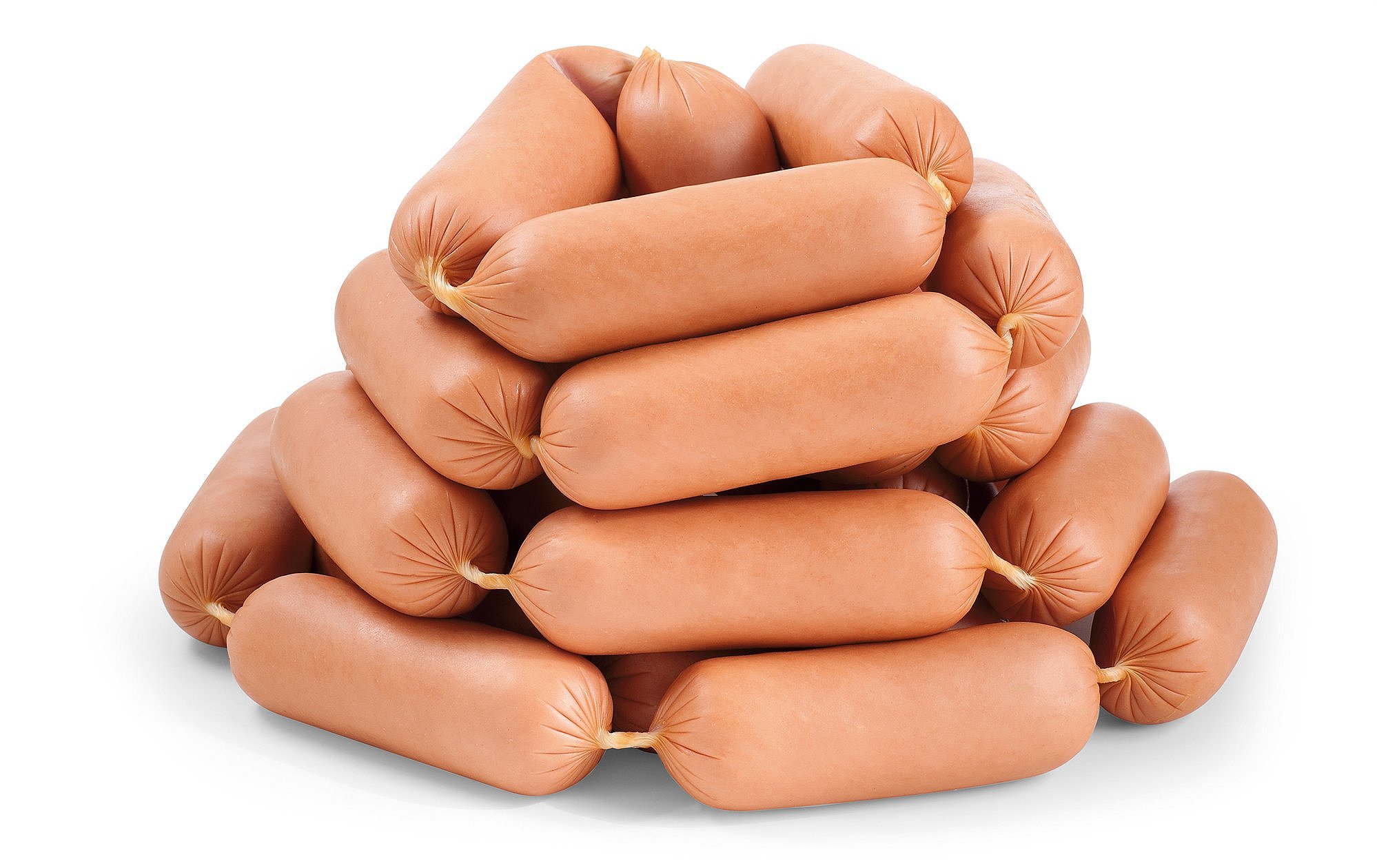
Process safety for sausage production
According to ISO 8573-1, compressed air of class 1 must not contain more than 0.01 mg/m³ of oil (liquid, aerosol or vapour). This is as little as 4% of the concentration found in normal ambient air! There are however processes, where even 0.01 mg is still too much. This is the case in food processing where certain applications demand that oil content in compressed air is less than 0.003 mg/m³. There are however only a few companies that are actually able to monitor such low concentrations. One of them is a well-known producer of sausages.
Established in 1924, this sausage company is steeped in tradition. It is the leading supplier of poultry sausages and it’s production capacities are impressive. The company employs around 400 people and produces about 2,500 tons of quality poultry sausages per month.
Commitment to food safety
"We are fully aware of our responsibilities as a food producer, and the safety of our products is always at the front of our minds. That is why quality control begins well before the raw ingredients arrive at our plant," says the production manager. "The first cornerstone of the quality management system is the selection of safe, top-quality ingredients. Our suppliers have been carefully selected according to extremely strict quality, hygiene and safety criteria and are regularly audited. Our standards go way beyond the statutory safety requirements."
To meet these standards the sausage company uses an impressive range of process-focused, cross-process monitoring and control mechanisms. In addition, the finished products are constantly tested by independent external experts.
Compressed air as a crucial process medium
"One of our most important process media is compressed air," explains the head of technical maintenance. "Whilst it is mainly used as control air for our production plants, it comes into direct contact with our products at points along the production chain. This means that our compressed air must be free of oil in all its forms – liquid, aerosol and vapour. This standard must be maintained across the entire system at all times. In practice, we need to monitor and document the quality of our compressed air in real time."
Worldwide, the damage caused by contaminated compressed air in production and processing plants amounts to millions. Most of these incidents are due to undetected ingress of oil into the compressed air system and its subsequent distribution across the system to the points of consumption. Such problems are mainly caused by oil aerosols and vapours. The oil contained in the compressed air sometimes escapes at tools and machines where it might form a film on surfaces and come into contact with the product therefore contaminating it.
The quality of compressed air is commonly classified according to ISO 8573-1. There are however many applications where compressed air of class 1, which is deemed to be technically oil-free, is not clean enough. According to the above standard, compressed air of class 1 must not contain more than 0.01 mg/m³ of oil (liquid, aerosol or vapour), which is only about 4% of the concentration found in normal ambient air. These concentrations are already so small that they are virtually undetectable.
However, many compressed air applications – for instance in the field of medical technology, pharmaceutical production, measuring technology and food processing – require even lower oil concentrations to ensure process safety. This sausage company is among the processors who need compressed air with a residual oil content of less than 0.003 mg/m³. At such low concentrations, it is more difficult to monitor the quality of the compressed air than to produce it. Continuous, real-time residual oil concentration monitoring of the compressed air with proper documentation is something most operators have not achieved yet.
"We follow a strategy of continuous improvement," explains the production manager. "This means that we use advanced technology to assess and ensure the quality of our processes as close to real time as possible. For compressed air, we have invested in an innovative measuring system that allows us to continuously monitor the residual oil content, the METPOINT OCV. For us, this is a real milestone in process safety."
Read more about our METPOINT OCV
METPOINT OCV is a hydrocarbon monitoring system that measures the concentration of hydrocarbon vapours. It has been designed for the stationary inline measurement and monitoring of residual oil vapours in compressed air based on the ISO 8753-5 standard. The METPOINT OCV continuously monitors the residual oil content in compressed air and can detect concentrations down to 0.001 mg/m³ – inline, during production. The METPOINT OCV is designed for network integration.
When it comes to process safety, this sausage company is leading the way.